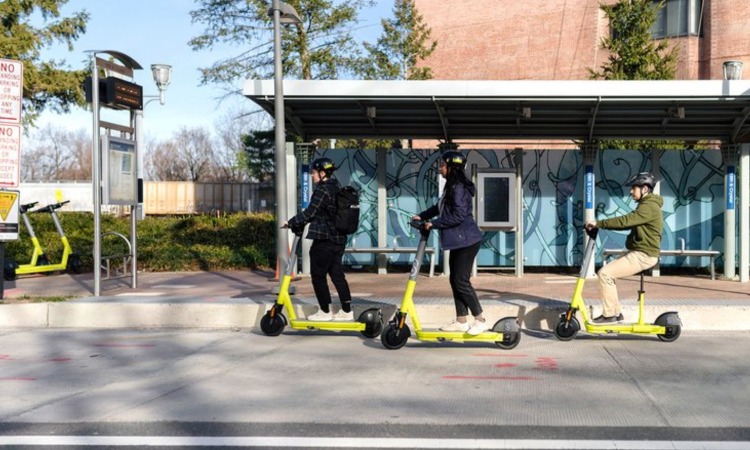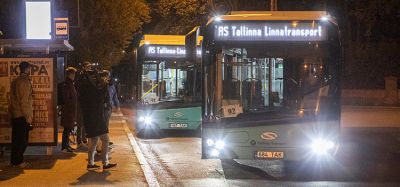New report from Superpedestrian identifies solutions to deliver better integrated transport
- Like
- Digg
- Del
- Tumblr
- VKontakte
- Buffer
- Love This
- Odnoklassniki
- Meneame
- Blogger
- Amazon
- Yahoo Mail
- Gmail
- AOL
- Newsvine
- HackerNews
- Evernote
- MySpace
- Mail.ru
- Viadeo
- Line
- Comments
- Yummly
- SMS
- Viber
- Telegram
- Subscribe
- Skype
- Facebook Messenger
- Kakao
- LiveJournal
- Yammer
- Edgar
- Fintel
- Mix
- Instapaper
- Copy Link
Posted: 22 April 2022 | Intelligent Transport | No comments yet
With insight from government, operator and NGO experts, the new report examines how sustainability and equity goals can be driven by making it easier and less expensive to combine e-scooter use with public transit.


Credit: Superpedestrian
Superpedestrian, in partnership with the Cities Today Institute (CTI), has released a report on how e-scooters can better integrate with public transportation systems across the globe. The report brings together government, system operator and non-governmental organisation (NGO) experts to identify new and existing solutions like mobility hubs that put different transportation options at the same locations; fare integration across modes to lower trip costs; and equity programmes that expand access.
Since 2017, trends have shifted dramatically in how riders use scooters to get to their next destination. While e-scooters were initially a small niche in the transportation market, they have now become an integral part of how millions of people get to their destination.
In recent findings, Superpedestrian has reported that two-thirds of its e-scooter trips were not related to tourism or recreational use, but for commuting to work, school and other daily necessities. In Lisbon, 23 per cent of Superpedestrian’s e-scooter trips averted a car journey, while in San Diego, that figure increased to 32 per cent.
In order to increase the use of micro-mobility to reduce car trips and expand transportation access, the new report examines cities for solutions. The report urges cities to consider:
- Establishing intermodal transportation hubs
- Integrating micro-mobility fare systems with public transit fares to lower costs for riders
- Improving on-the-ground information and integrated trip planning features, to make intermodal trips easier to identify and plan
- Expanding equity programmes in micro-mobility, which have the highest rates of public transit integration
- Deploying e-scooters to fill overnight gaps in public transit – Superpedestrian e-scooters are available 24 hours a day in most of its cities.
Micro-mobility: The unexpected player in delivering modal shift?
“Micro-mobility is real transportation. Based on evidence in our cities across the globe, we know that, when micro-mobility and public transit are more seamlessly connected, they offer a more compelling alternative to private car use. At Superpedestrian, we’re looking to deepen that integration to not only increase the use of shared e-scooters, but to increase the accessibility of public transit as well,” said Paul White, Senior Director of Public Affairs at Superpedestrian.
“It’s a great pleasure for CTI to be able to synthesise public and private sector expertise as a tool to make 21st century communities work for 21st century citizens. Our goal is to integrate affordable and accessible transportation solutions to make cities work better,” said Bob Bennett, Chair of CTI.
Related topics
Accessibility, Air Quality, Alternative Power, Fleet Management & Maintenance, Journey Planning, Mobility Services, Multimodality, On-Demand Transport, Passenger Experience, Public Transport, Sustainable Urban Transport
Related modes
Bikes & Scooters
Related countries
Portugal, United States
Related organisations
Cities Today Institute (CTI), Superpedestrian
Related people
Bob Bennett, Paul White








